If you’ve ever seen iconic movies such as “Good Will Hunting,” “The Departed,” “The Town,” or “Ted,” you’re familiar with the famous Boston accent. It’s a highly regional manner of speaking with lots of intricacies that many people don’t know. Some people love it, others make fun of it, but no matter what, Bostonians are proud of the way they speak. Find out how you can practice your Boston accent!

Where is the Boston Accent Found?
This might seem like a ridiculous question. The answer is Boston, of course! However, just like how the Cajun pronunciation in Louisiana is concentrated in one place but spread thinly in the surrounding regions, so too is the Boston accent.
The hallmark Boston accent that everyone thinks of (“Pahk yah cah in tha Hahvahd Yahd”) is found in the city of Boston as well as the surrounding towns and cities of Eastern Massachusetts at varying degrees. It’s also called the Townie accent. (By the way, you can’t drive or park in Harvard Yard, just for the record.)
Massachusettsians are very proud of their cities and towns, so if you’re ever talking with someone who has a Boston accent, you’ll win a lot of favors if you are familiar with these town names:
- Andover
- Beverly
- Braintree
- Brookline
- Cambridge
- Chelsea
- Framingham
- Milton
- Natick
- Needham
- Newton
- Quincy (pronounced "Quinzy")
- Revere
- Somerville
- Sudbury
- Weymouth
This is not a complete list of surrounding towns or towns that feature the way of speaking.
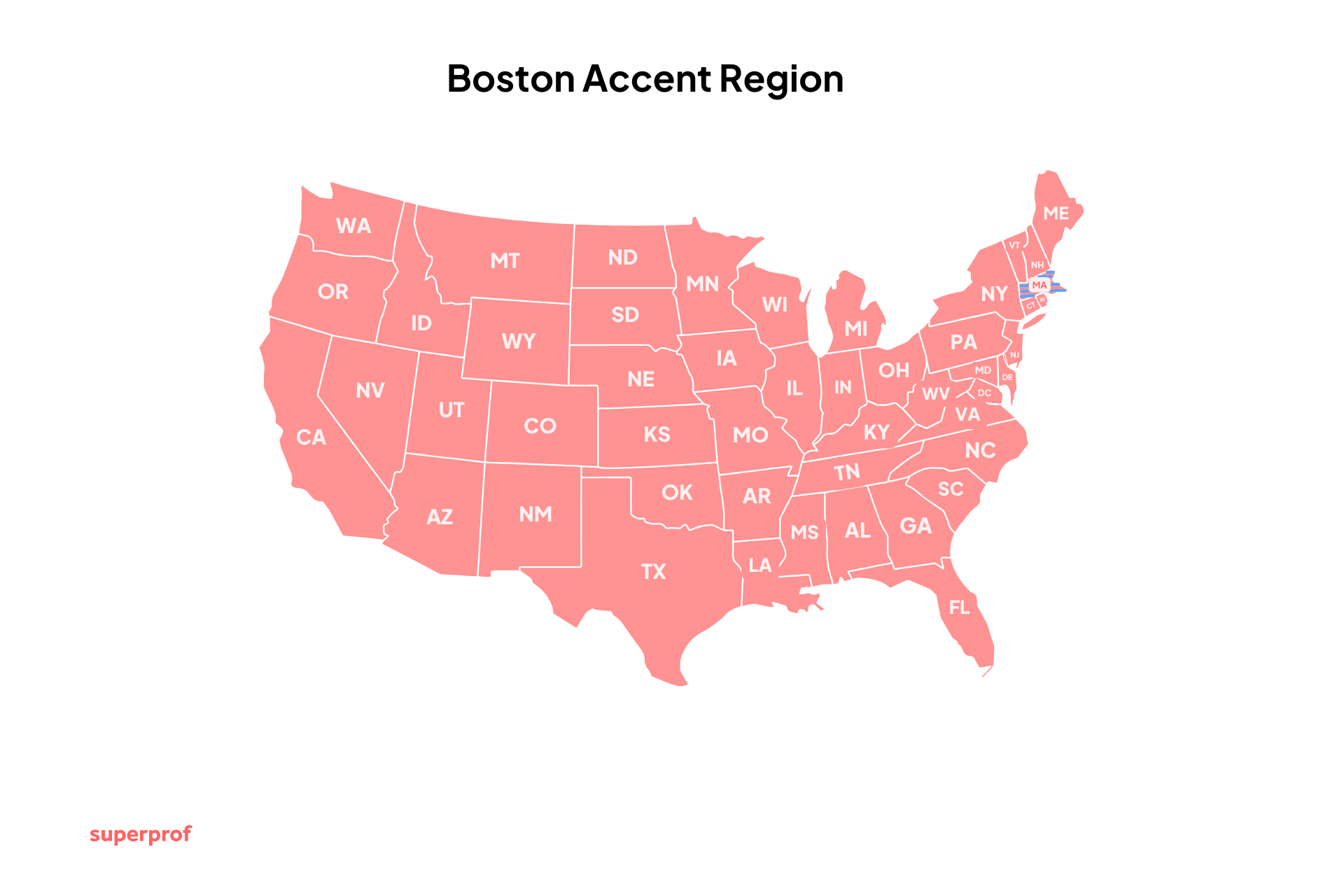
The farther you go from the city and the coast, the more neutral the accent tends to become. As a Massachusetts native myself who is not from Boston, my family and I generally have a neutral American accent since we live outside of the city. However, you can hear the Boston influence in most Massachusetts accents via certain pronunciations and vocabulary choices.
Additionally, you can also find versions of the articulation in the surrounding states, including New Hampshire, Vermont, Maine, Connecticut, and Rhode Island (where “Family Guy” is set–think of Peter and Lois Griffin’s accents). Also important to note is that many folks in Massachusetts and the surrounding states of New England have a more neutral accent (or a different regional accent). Not every person you meet will sound like Bill Burr.
Since the New England states are relatively small, closely grouped, and very culturally close with one another, people in these areas move all over the place. People move to and from Boston and the surrounding areas all the time, leading to the spreading and blending of the Boston accent in lots of places across the Northeast.
The Townie accent, which is that thick, harsh-sounding voice associated mostly with South Boston (Southie) and Quincy, is the Boston accent in its most concentrated form.
History of the Boston Accent
Boston, Massachusetts is the site where some of the earliest colonial American history took place. The earliest settlers in the 16th century were from England, and the accent was influenced especially by Southern England.
In the 17th century, the Southern English accent started becoming non-rhotic, meaning the “r” started to disappear from some words. The trend spread through settlers in the colonies and intensified over time. This iteration of the accent is what spread most through the surrounding areas.
One iteration of the Boston accent that was prevalent in the 19th century was called Boston Brahmin (named after the highest class in the Indian caste system). It featured a more refined accent that balanced Boston English with British English and was used by the most affluent Boston residents. The accent has all but died out since the late 20th century.
Then, in the 19th and 20th centuries, immigrants, notably the Irish and also some Italian, arrived en masse in the coastal cities in the US. Many ended up in Boston, further affecting the accents and leading to the Townie accent we know today. In the 19th century, there was a huge split between the working class (who were mostly Irish) and the upper class. This divide served as a natural split between the Townie accent and the more mild Boston accent.
Because the accent was mostly influenced by settlers in coastal cities, other places in the US share similar histories–and similar affectations.
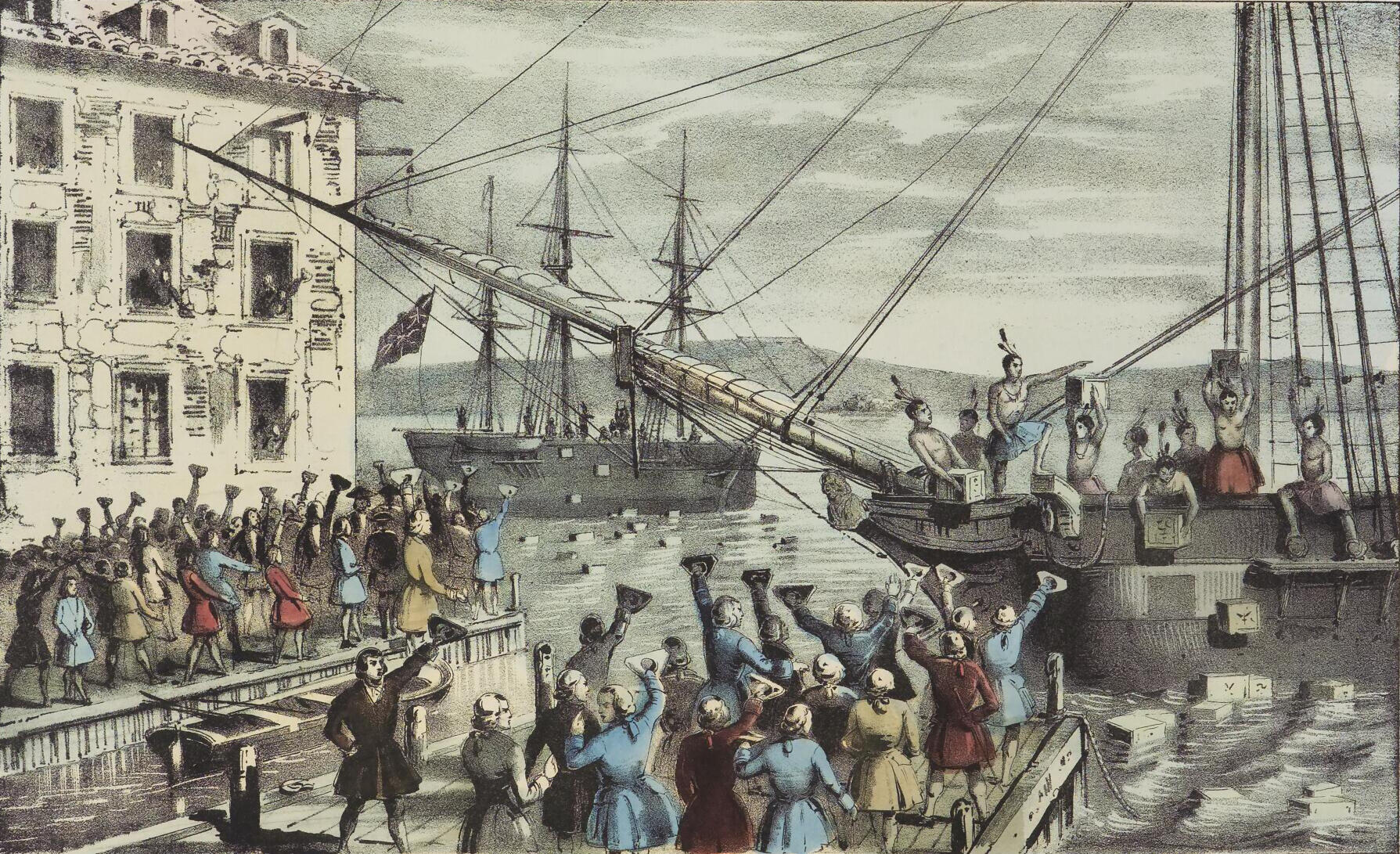
New York City is a great example.
Many folks who are not from the Northeast US might get the two accents, Boston and New York City, mixed up because they share a lot of similar features.
New Jersey is another related accent that is often confused with the New York City accent.
Down the coast in Virginia, you’ll also find similar non-rhoticity, which is also featured in other versions of the Southern accent. Furthermore, the New Orleans accent also features non-rhotic pronunciation. What do all of these places have in common? Early British settlers and waves of new inhabitants, who were the descendants of early British settlers. NYC and Boston specifically saw a huge influx of Irish and Italian immigrants, which steered the accent in a different direction than the Southern counterparts.

How to Do a Boston Accent
Ready to practice your Boston accent pronunciation?
There are several key features you need to know when listening to and speaking in the Bostonian tongue. Here are the most important things to remember.
Dropped Rs
The most noticeable aspect is the lack of “r” sounds at the ends (or even the middles) of certain words. Known as non-rhoticity, speakers from all over New England typically feature some degree of this defining inflection. The exception is when a word ending in “-r” is followed by a word beginning with a vowel sound, in which case it’s usually pronounced.
This leads to words like “car” and “park” being pronounced like “cah” and “pahk.” The one that always trips up my rather neutral-sounding family is “yesterday.” It’s just faster and easier to say “yestahdey!”
Intrusive Rs
All those missing “r”s can sometimes get relocated into places they don’t usually go.
This typically happens to avoid creating a stop while speaking.
Just like how the “r” is retained at the ends of words when running into a vowel, “r” can be added to the ends of words that don’t usually have one.
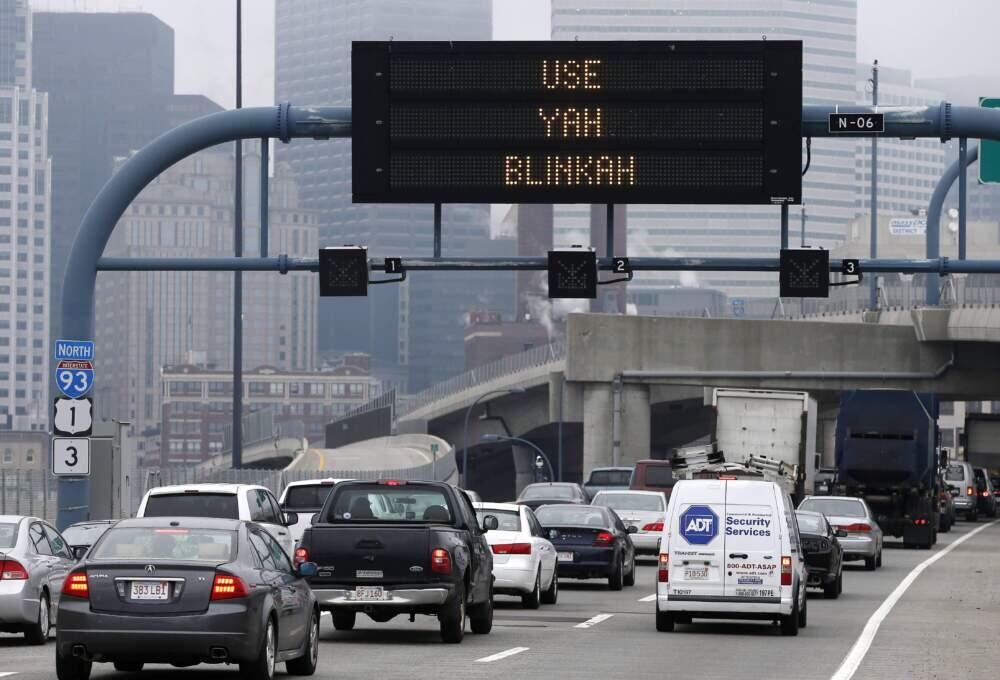
For example, “Did you buy pizza at the store?” becomes “Did you buy pizzar at the stoah?”
Another personal example: only when I moved to Tennessee and it was pointed out by new coworkers did I realize “drawing” is actually not pronounced “drawring.”
This feature is also present in many Midwestern articulations.
Subtle “T” Sounds
To help make speech sound and feel smoother, the “t” in many words is softened to a “d.”
It’s not a universal rule; the use depends highly on the word in question.
For example, “water” becomes “wahdah,” but “Worcester” will stay “Wuh-stah.”
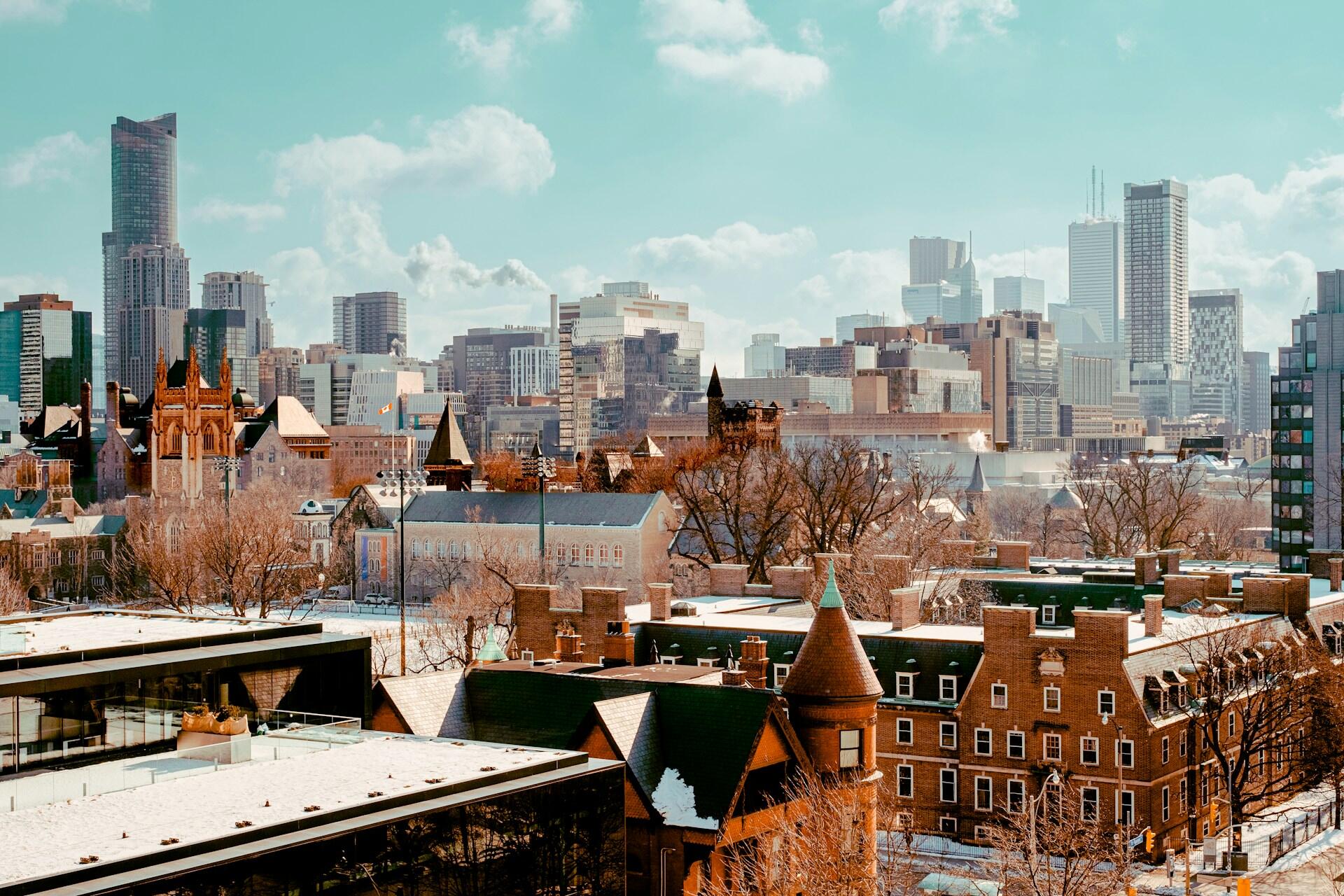
Changed Vowel Sounds
You can’t perfect a Boston accent if you don’t alter your vowel sounds. The most obvious example is the shift of “o” sounds to be more like “aw” or “oh” sounds.
For example, “Boston” becomes “Bahstin,” and “forty” becomes “fawty.”
Blending Sounds Together
Part of the essence of talking Boston is speaking quickly. Just like NYC, city-folks want to get the point across as fast as possible. Doing so means that many words blend together, with some words losing syllables along the way.
For example, “pocketbook” becomes “pockabook.” (A pocketbook is a purse, and yes, it’s contradictory to use a longer word for “purse” while still trying to save time, but regional language isn’t always logical.)
Wide Mouth
How do you tie all these elements together and perfect your Boston speech? It’s all in the mouth positioning. You’ll notice that individuals with less pronounced accents (or those doing a poor fake on) often use the front of their mouths and/or keep their mouths too small. The Boston accent calls for a wideness in the back of the tongue and mouth. That’s why those with the accent tend to have a “gruffness” to their voices.
Bostonian Words & Phrases
The Boston lexicon is full of unique words that often confuse outsiders. Here are some of the need-to-know words and pronunciations to add to your Boston vocabulary.
| Word or Phrase | Pronounciation | Meaning | Example |
|---|---|---|---|
| Bubbler | Bub'lah | Water fountain | "Fill up yah wadah bahdl at tha bub'lah." |
| Carriage | Ca-ridge | Shopping cart | "Would ya go grab a carriage?" |
| Guys | Guys | Friends (equivalent of "y'all" from the Southern lexicon) | "Hey you guys wanna go uptown latah?" |
| Kid | Kid | Bro, dude | "It's wicked cold out heah, kid." |
| No sir... Yes sir... | No suh... Yes suh... | An emphatic "yes" or "no" (NOT used like a polite "sir") | "Did you hear they're gonna paint the Green Monster red?" "No suh!" |
| Regular | Regulah | To add cream and sugar in your coffee | "Gimme a medium hot regulah, please." |
| Rotary | Rotary | Traffic circle, roundabout | "Take the fuhst exit off the rotary." |
| U-ey | Yewey | U-turn | "You missed the turn. Bang a u-ey up here." |
| Wicked | Wick-ed | Very | "That movie was wicked funny." |
Bostonian is an accent that many people love to try on and play with. It’s fun to do and allows the speaker to be very expressive. Try pronouncing these Boston words with your best accent!
Bostonians are extremely proud of their heritage and history. While some may make fun of the way Bostonians speak, they can never take away a Townie’s pride. If you run into someone with a Boston accent out in the wild, tell them how much you like how they speak; they’re sure to give you a smile and a good conversation!
Deciphering the Boston accent will help you understand more Americans' accents, especially those on the East Coast.
References
- 5 key things to know about the Boston accent. (2023). In www.wbur.org. https://www.wbur.org/news/2023/11/03/bostonians-eastern-massachusetts-new-england-boston-accent
- Boston Accent The History Unraveled! (2012). https://youtu.be/zB-_vDqX4wE?si=YCo4JvktPPamd5mG
- Cristantiello, R. (2023). Where does the Boston accent come from? In www.boston.com. https://www.boston.com/news/wickedpedia/2023/03/27/boston-accent-origins-linguistics

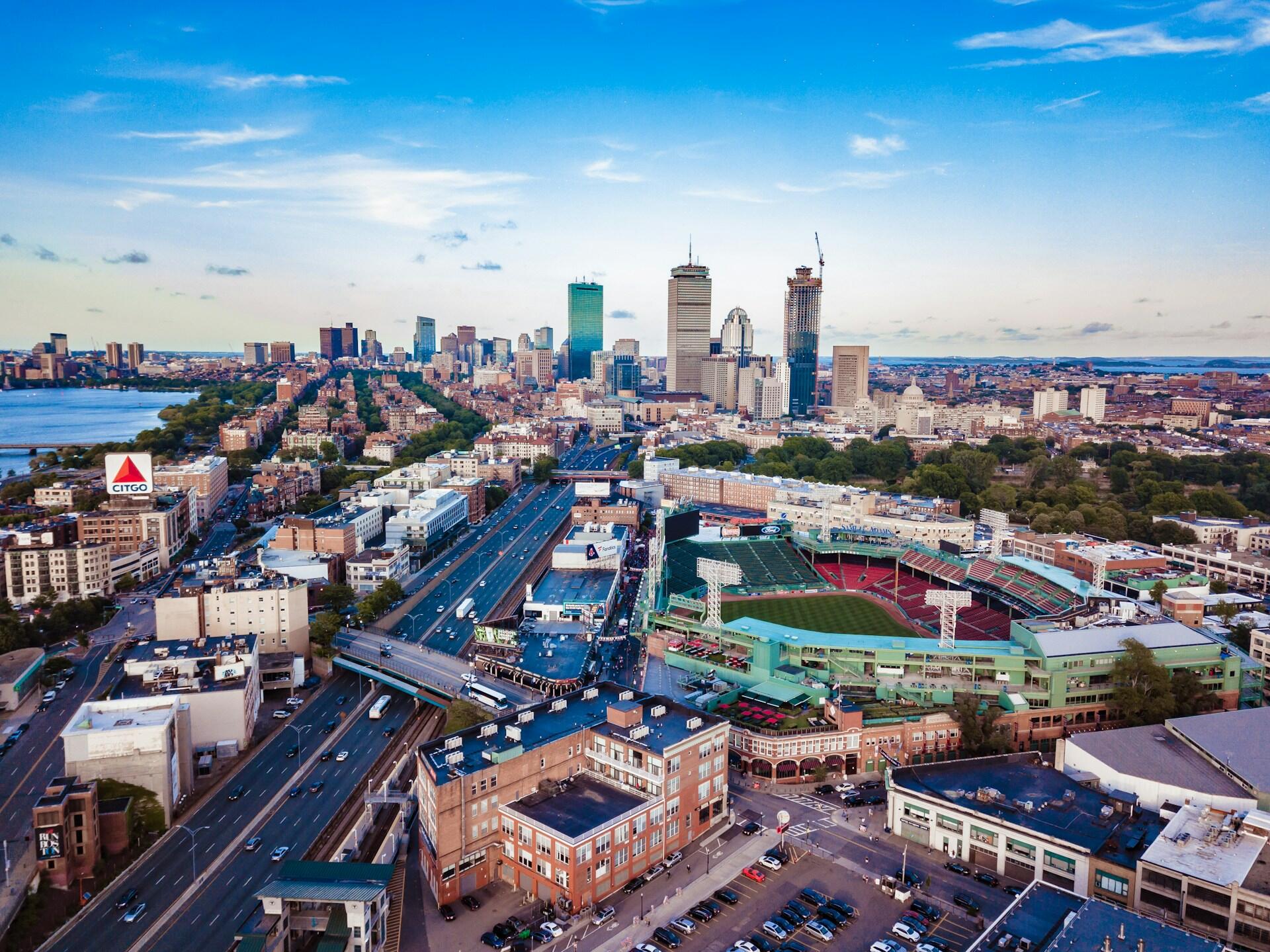












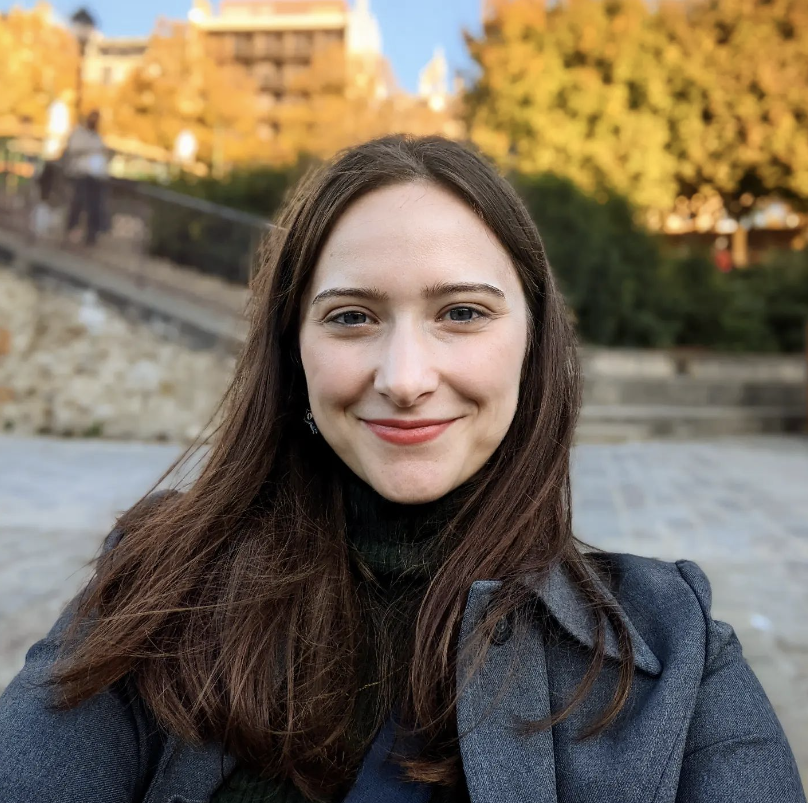
Worcester accents are a LOT stronger than Boston!!